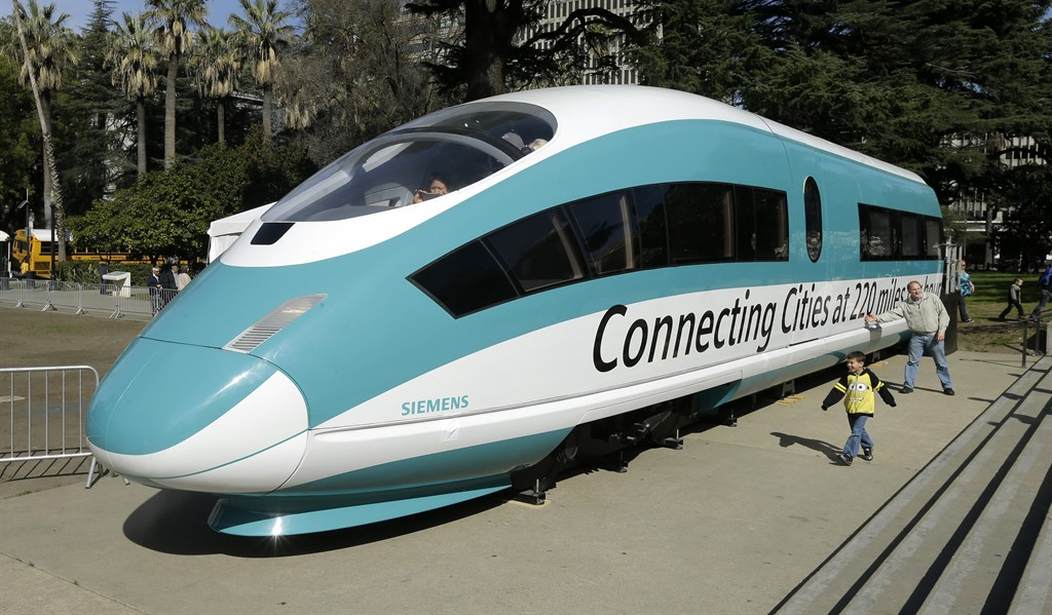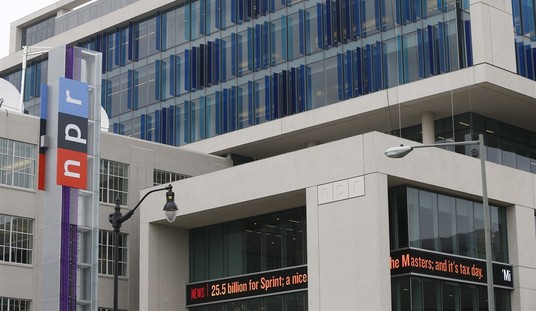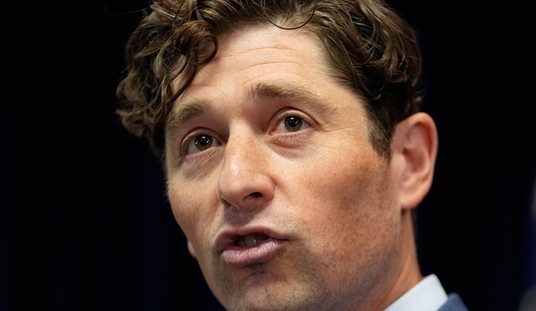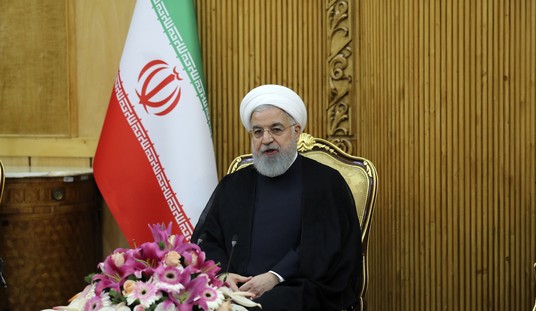The very short answer, as revealed in this story published yesterday by the NY Times, is politics. The attempt to build the first bullet train in the US between San Francisco and Los Angeles almost immediately turned into a boondoggle thanks to decisions that made no sense in terms of efficiency or ridership but only in terms of satisfying powerful politicians.
The design for the nation’s most ambitious infrastructure project was never based on the easiest or most direct route. Instead, the train’s path out of Los Angeles was diverted across a second mountain range to the rapidly growing suburbs of the Mojave Desert — a route whose most salient advantage appeared to be that it ran through the district of a powerful Los Angeles county supervisor.
The cost increases are something we’ve been writing about here at Hot Air for more than a decade. The initial budget for the project (back in 2008) was $33 billion with a completion date of 2020. But earlier this year the California High Speed Rail Authority announced the budget had gone up to $105 billion and then a few months later raised it again to $113 billion. When will it be finished? Well…
The rail authority said it has accelerated the pace of construction on the starter system, but at the current spending rate of $1.8 million a day, according to projections widely used by engineers and project managers, the train could not be completed in this century.
I guess I won’t be riding it then and neither will anyone else reading this in 2022. But the reality is, it’s increasingly likely it won’t be built at all. The Times spoke to three former chairmen of the rail authority all of whom doubted it would ever happen.
Dan Richard, the longest-serving rail chairman, said starting the project with an early goal of linking Los Angeles and San Francisco was “a strategic mistake.” An initial line between Los Angeles and San Diego, he said, would have made more sense.
And Quentin Kopp, another former rail chairman who earlier served as a state senator and a Superior Court judge, said the system would be running today but for the many bad political decisions that have made it almost impossible to build.
“I don’t think it is an existing project,” he said. “It is a loser.”
The sad part of this is that bullet trains are pretty great. I’ve ridden them in Japan and Europe. There’s nothing quite like flying through the countryside at 150 mph. So why can’t we have one here in the US? Because from the start, the idiots in charge in California wouldn’t listen to people who actually knew what they were talking about. This is probably the best bit of the entire story.
The state was warned repeatedly that its plans were too complex. SNCF, the French national railroad, was among bullet train operators from Europe and Japan that came to California in the early 2000s with hopes of getting a contract to help develop the system.
The company’s recommendations for a direct route out of Los Angeles and a focus on moving people between Los Angeles and San Francisco were cast aside, said Dan McNamara, a career project manager for SNCF.
The company pulled out in 2011.
“There were so many things that went wrong,” Mr. McNamara said. “SNCF was very angry. They told the state they were leaving for North Africa, which was less politically dysfunctional. They went to Morocco and helped them build a rail system.”
Morocco’s bullet train started service in 2018.
By the way, that’s absolutely true. Here’s a report from November 2018 on Morocco’s newly opened bullet train. The top speed is about 200 mph.
The whole plan to connect two major cities, San Francisco and Los Angeles, in about 2 1/2 hours was replaced by the idea of running the system through every major town in the Central Valley. That resulted in “more delays, more complications over acquiring land, more environmental problems.” And as the project bogged down the decision was made to start construction in the Central Valley rather than in LA or SF. That means that by 2025 we might have an expensive bullet train that connects Bakersfield (pop. 380k) to Merced (pop.84k). Obviously if anyone had proposed a bullet train from Bakersfield to Merced it would never have received much support because such a project just doesn’t make any sense. But that’s what we’re ending up with.
Vox did a video this summer which gives a pretty good explanation of some of the problems and compromises made in this project so far.








Join the conversation as a VIP Member